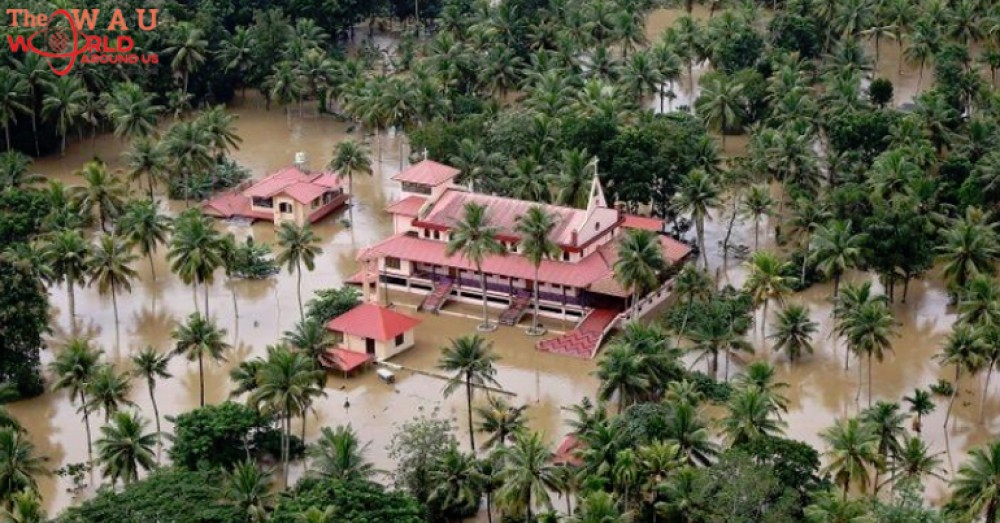India lost $79.5 billion to climate-related disasters in the last two decades, according to a United Nations (UN) report released on Wednesday.
The report comes in the wake of the global organization sounding the alarm on the dire effects of climate-change, including a rise in extreme weather events, if warming is not limited to 1.5 °C above pre-industrial levels.
At least 91% of all major disasters recorded from 1988 to 2017 were climate-related, according to the Economic Losses, Poverty and Disasters 1998-2017 report, released by the UN Office for Disaster Risk Reduction in Geneva.
The largest number of people (2 billion) were affected by floods, which accounted for 43.4% of these disasters, followed by droughts, which affected a further 1.5 billion people. However, storms were among the most frequently occurring disasters, along with floods.

While the US recorded the biggest monetary losses, reflecting high asset values, China suffered a significantly higher number of disasters. India is among five countries after the US, China and Japan and Puerto Rico, which have witnessed the greatest economic losses due to climate-related disasters.
The report, however, shows that while absolute economic losses might be concentrated in high income countries, the human cost of disasters falls on low- and lower middle-income countries.
The findings suggest that an average of 130 people died per million living in disaster-affected areas in low income countries, compared to 18 in high-income countries, in disasters since 2000. “That means people exposed to natural hazards in the poorest nations were more than seven times more likely to die, than equivalent populations in the richest nations,” the report noted.
“This report highlights the protection gap between rich and poor. The analysis shows that people in low-income countries are six times more likely to lose all their worldly possessions or suffer injury in a disaster than people in high-income countries,” said Professor Debarati Guha-Sapir, head, Centre for Research on the Epidemiology of Disasters, Belgium.

...[ Continue to next page ]
Share This Post












